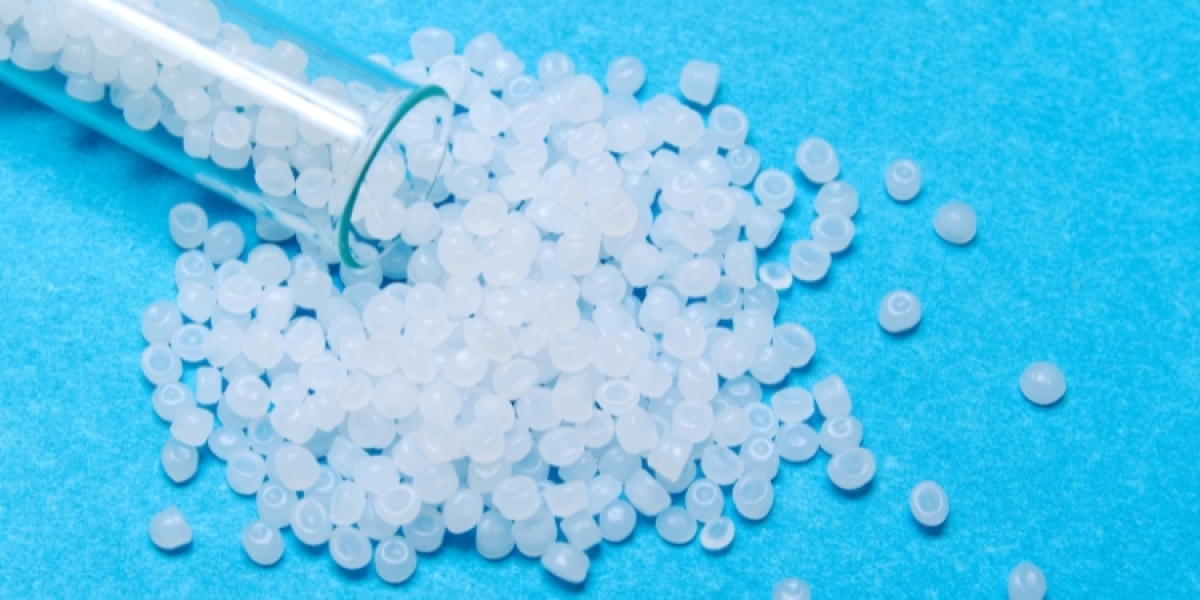In recent years, the plastics market has seen a significant transformation, primarily driven by the demand for more robust and versatile materials. Among these, Polyethylene Naphthalate (PEN) has emerged as a standout performer. With a global market size valued at nearly USD 303.36 million in 2023, and projections suggesting a climb to approximately USD 787.77 million by 2032, PEN's potential is undeniable. This growth, estimated at a CAGR of 11.2% between 2024 and 2032, underscores its increasing applications and benefits across various sectors.
Key Advantages and Market Drivers
PEN's rising popularity, especially in the food packaging and electronics sectors, is attributed to its superior properties over Polyethylene Terephthalate (PET). These include lower oxygen permeability, improved hydrolysis resistance, high heat resistance, enhanced tensile strength, and minimal elongation and shrinkage due to a higher glass transition temperature. These attributes make PEN an ideal choice for challenging applications like electrical insulation, flexible printed circuits, and capacitors in electronics.
The drive towards renewable energy is another significant growth catalyst for PEN, particularly in the solar energy sector. PEN-based back sheets for solar panels offer high transparency, excellent thermal resistance, a long lifespan, and robust chemical and mechanical strength. With global solar power generation marking a record increase in 2022 and solar PV accounting for a notable slice of global electricity generation, the demand for durable and efficient materials like PEN is expected to rise.
Request a free sample copy in PDF: https://www.expertmarketresearch.com/reports/polyethylene-naphthalate-pen-market/requestsample
Regulations and Compliance in the U.S. Market
In the United States, the utilization of PEN in food packaging is well-regulated. Manufacturers looking to use recycled PEN for food-contact applications must provide a detailed description of the recycling process to ensure the material's purity and safety. The FDA has recognized tertiary recycling processes as effective for producing food-contact suitable PEN, easing the path for its increased adoption in food-related applications.
Market Segmentation Insights
The PEN market is broadly categorized based on type into film, fiber, and resin, with films leading the demand due to their widespread use in electrical insulation and barrier applications. By application, PEN finds extensive usage in beverage bottles, food packaging, electronic goods, rubber tires, textiles, and more.
Geographically, Asia Pacific dominates the market, supported by government initiatives aimed at expanding the chemical sector. Europe and North America follow closely, driven by the need for high-performance packaging and advanced materials in electronics and automotive sectors.
Competitive Landscape
Leading players like Indorama Ventures Public Company Limited, Kolon Plastics Inc., and DuPont Teijin Films Ltd. are pivotal to the PEN market's dynamics. These companies focus on expanding their product lines and improving PEN's properties to cater to a broader range of applications. Recent developments, such as the addition of new production lines and the reintroduction of high-performance PEN films, highlight the ongoing innovation within the industry.
Trends and Developments
The demand for PEN in the automotive sector, particularly for manufacturing lightweight components for electric vehicles (EVs), is rapidly increasing. As global EV sales continue to grow, driven by stringent CO2 emission standards and a shift towards sustainable transportation, PEN's role in this sector is expected to become more prominent.
In addition to automotive and solar applications, the shift towards sustainable packaging solutions has also propelled the demand for PEN. Major consumer-packaged-goods companies are increasingly committed to reducing packaging waste and enhancing recyclability, where PEN’s properties make it a preferred choice.
Looking Ahead
As the market for PEN expands, its applications are becoming increasingly diversified. From playing a critical role in the transition towards renewable energy to enhancing the efficiency of electronic devices and contributing to safer food packaging solutions, PEN's impact is wide-reaching.
The continuous research and development aimed at expanding PEN's applications and improving its properties are likely to keep this market on a trajectory of robust growth. Investors and companies within the chemical and materials industries are poised to witness substantial opportunities as the demand for more advanced, durable, and versatile materials like PEN continues to rise.









